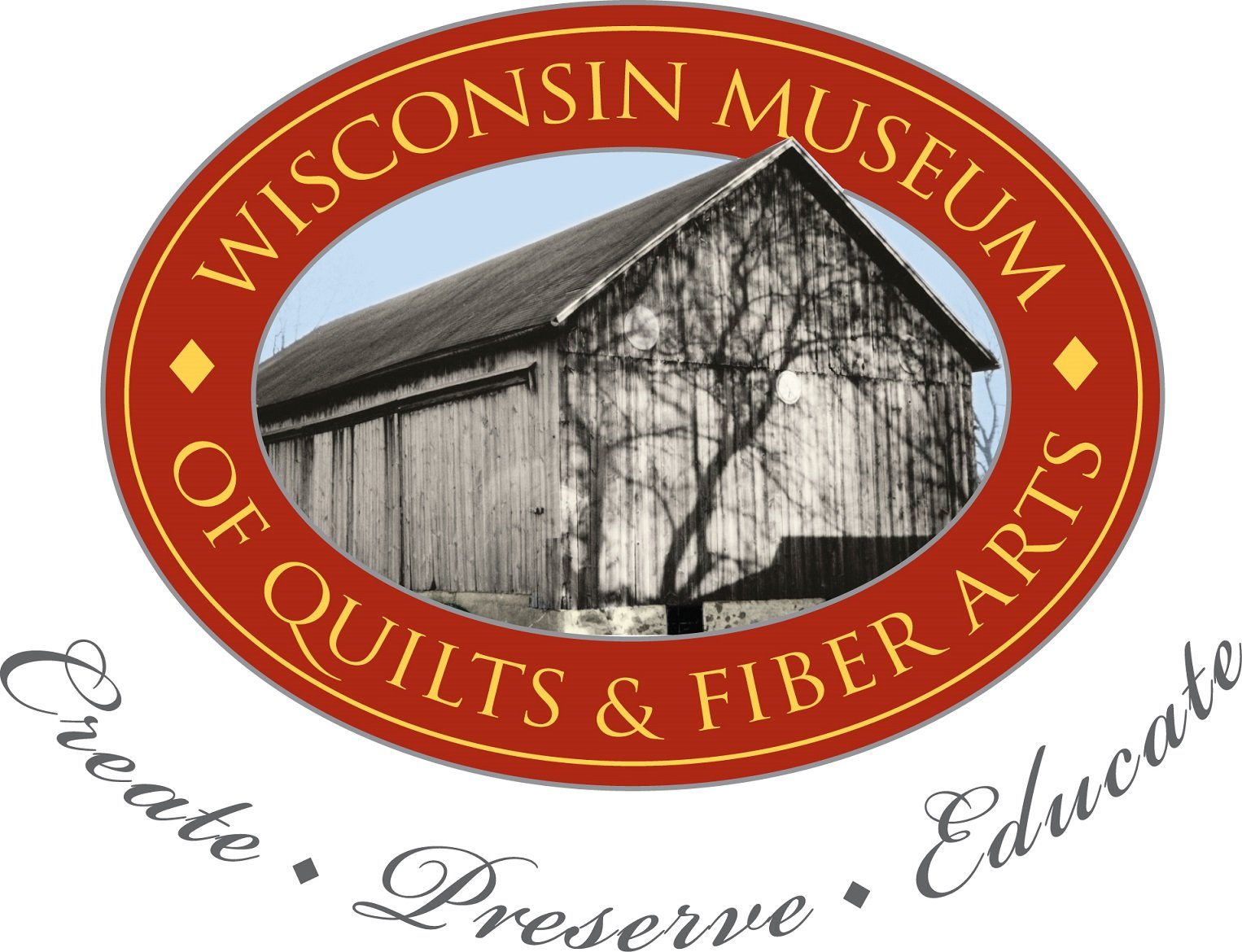Shin-hee Chin: Rootedness
December 6, 2024–March 2, 2025
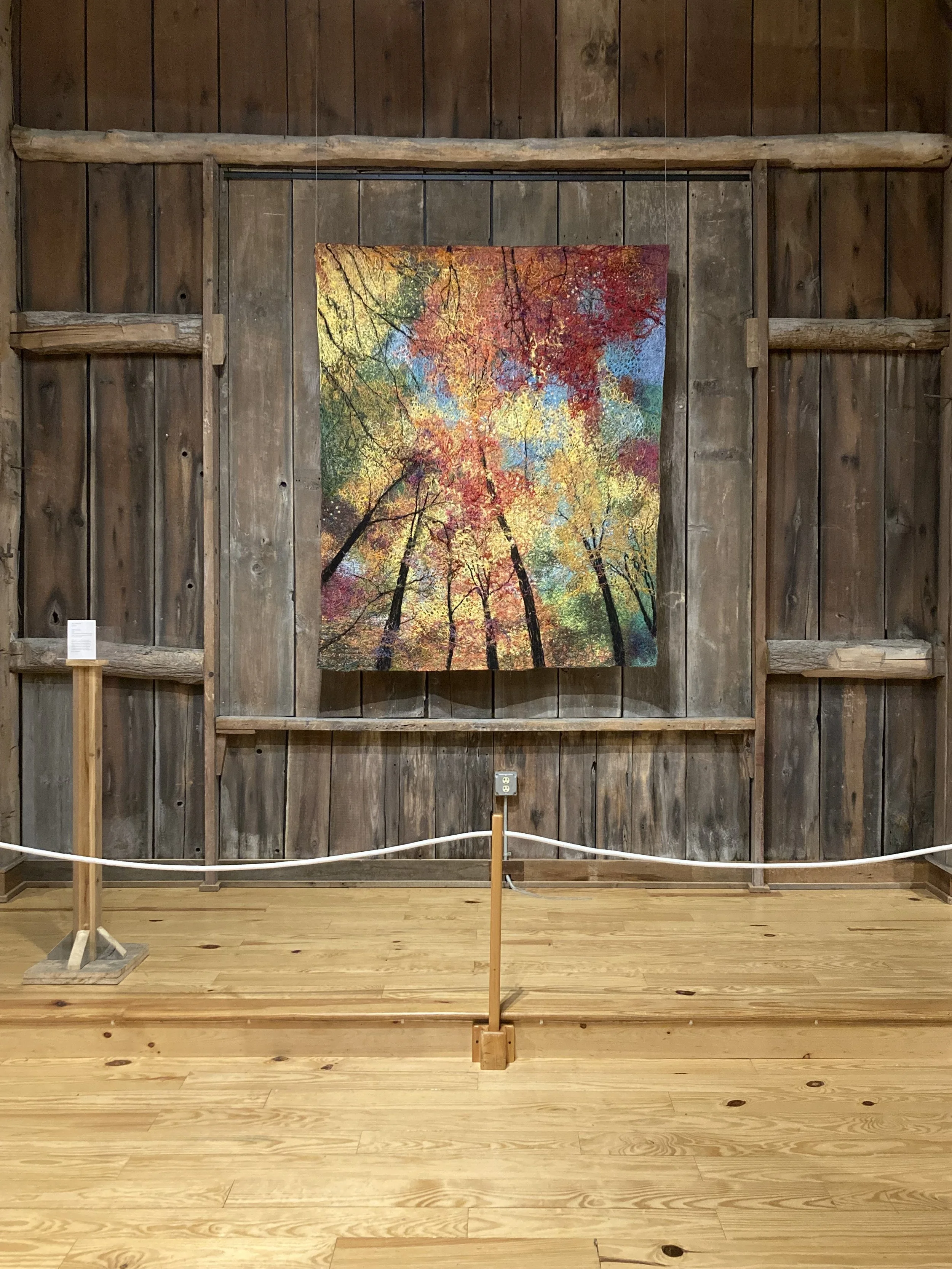
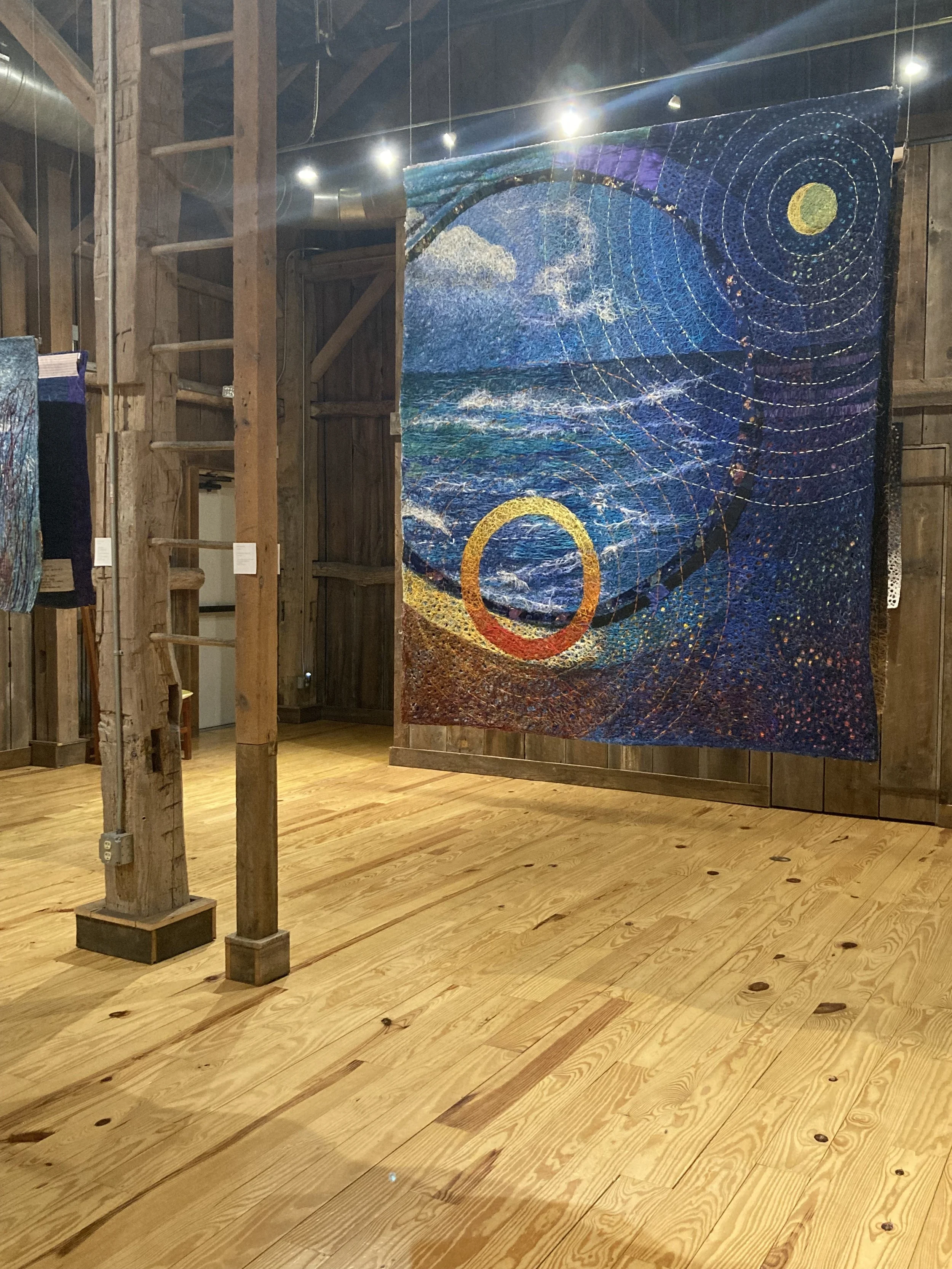


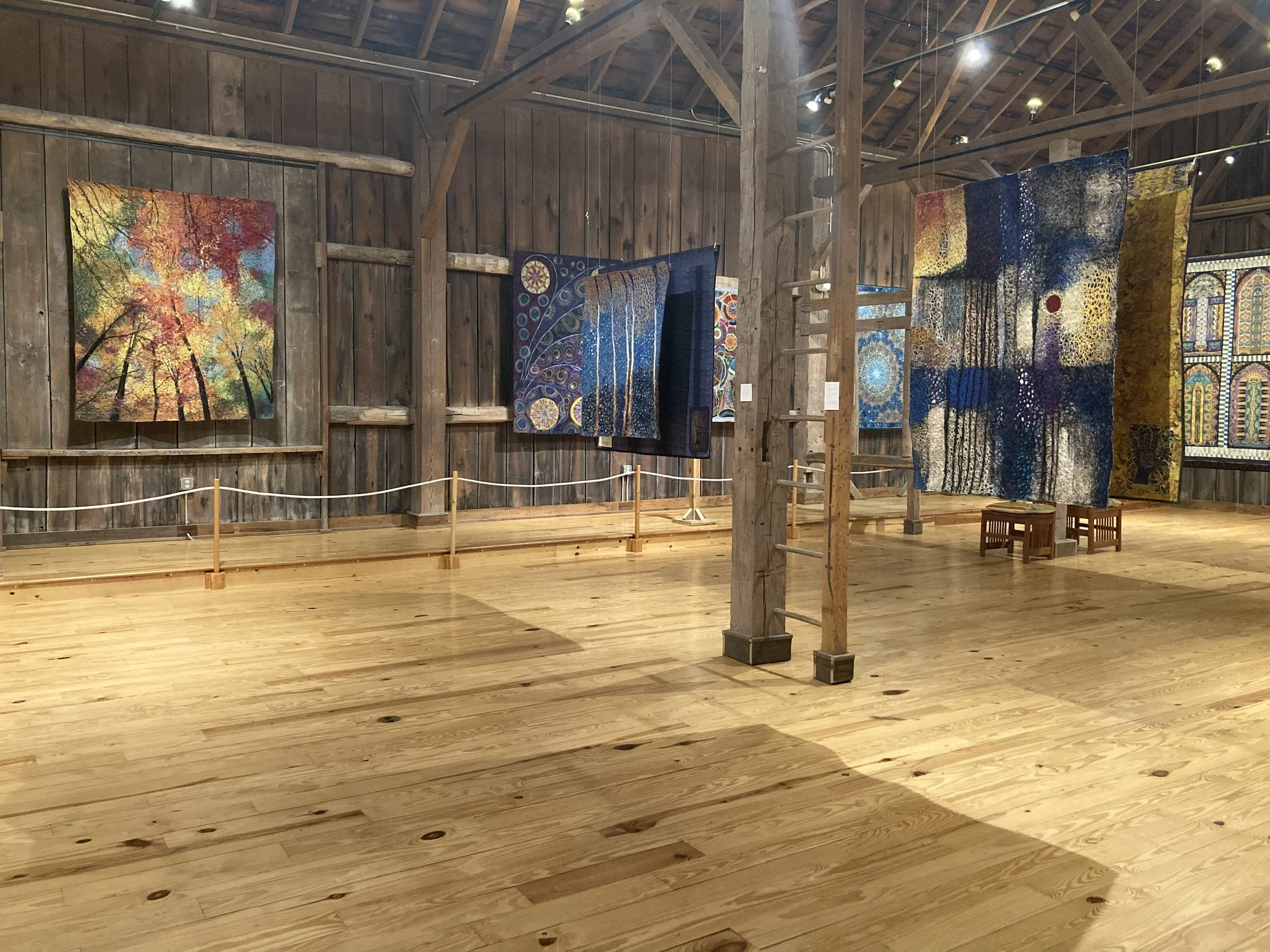
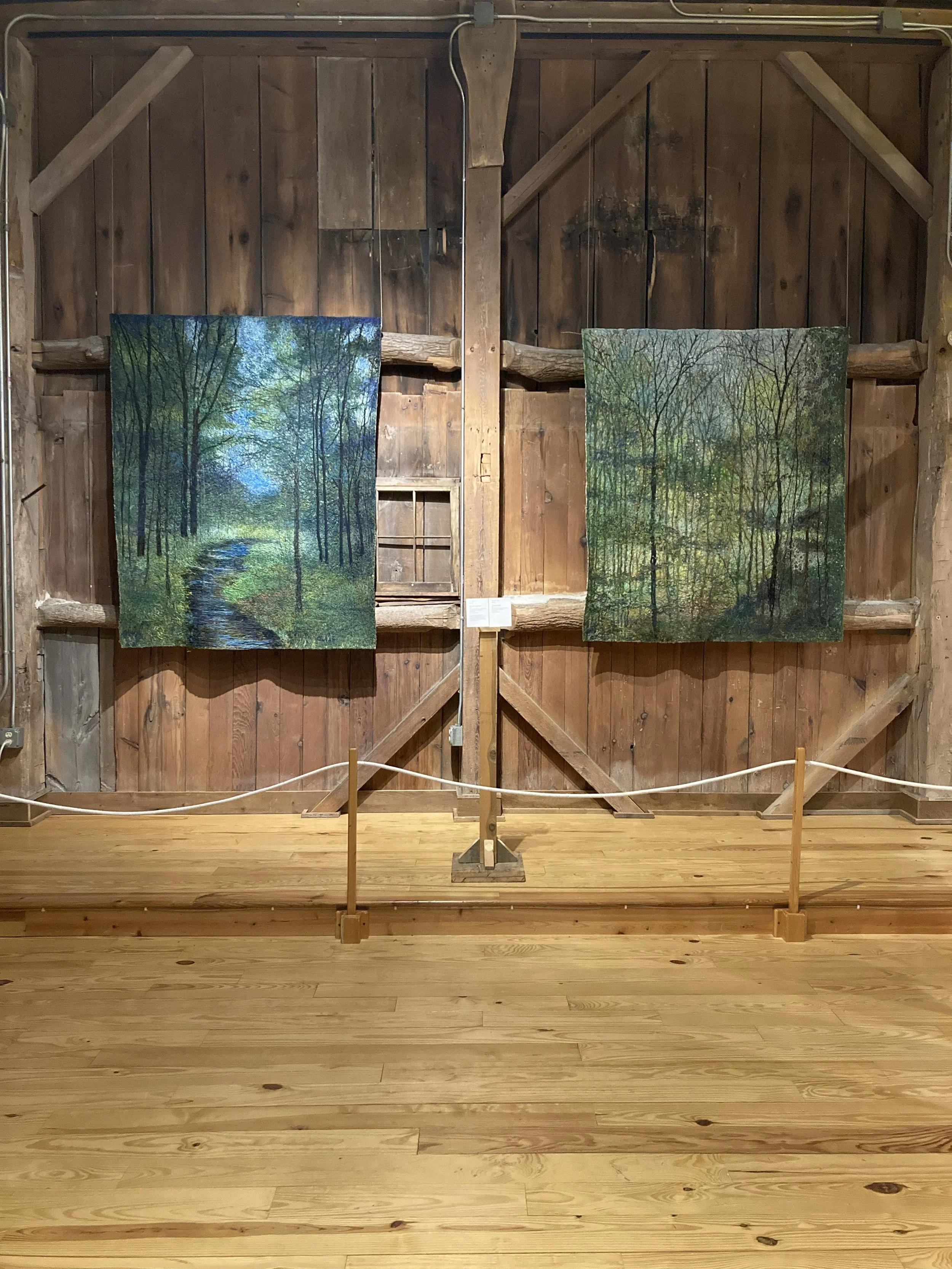
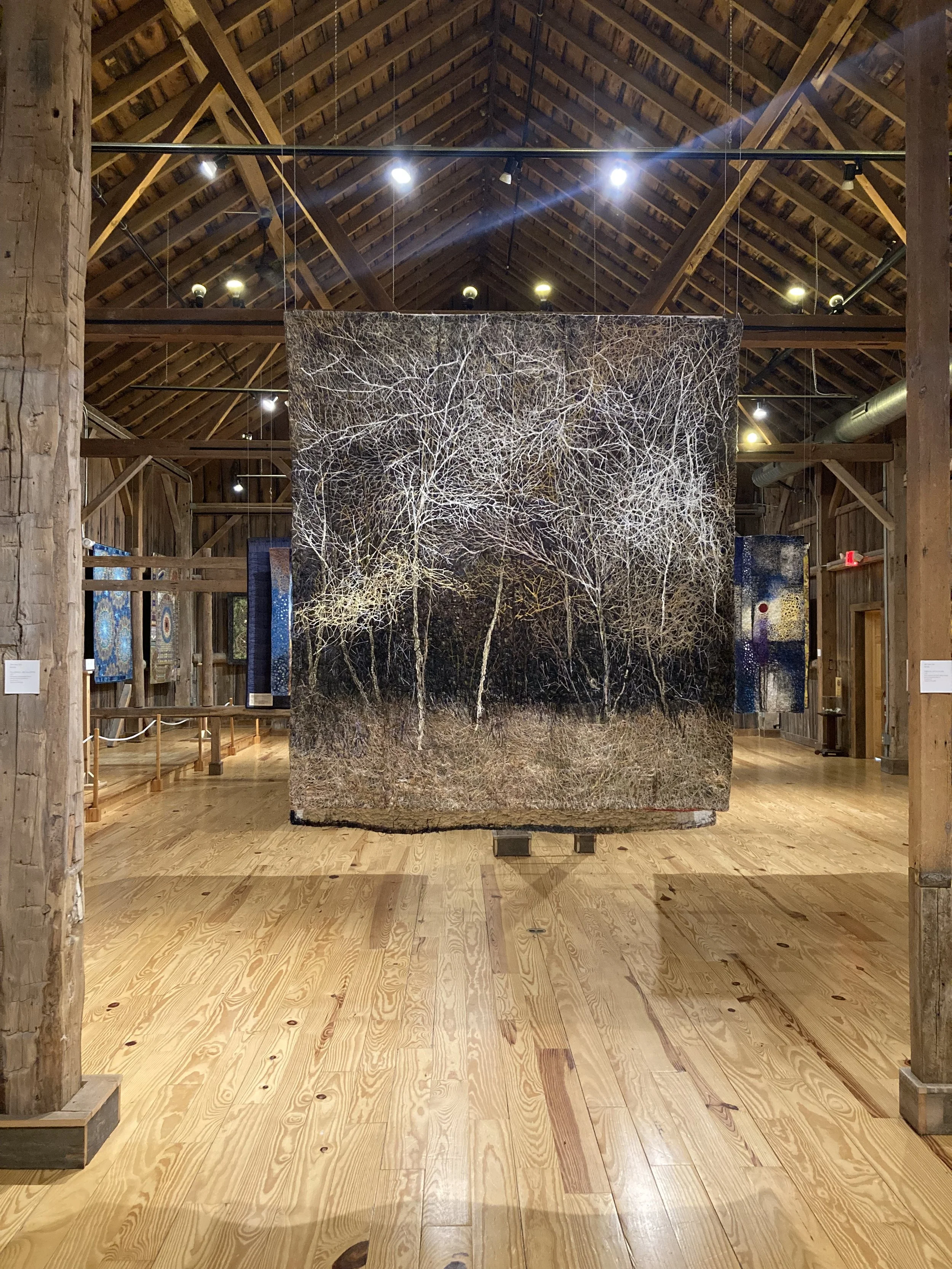
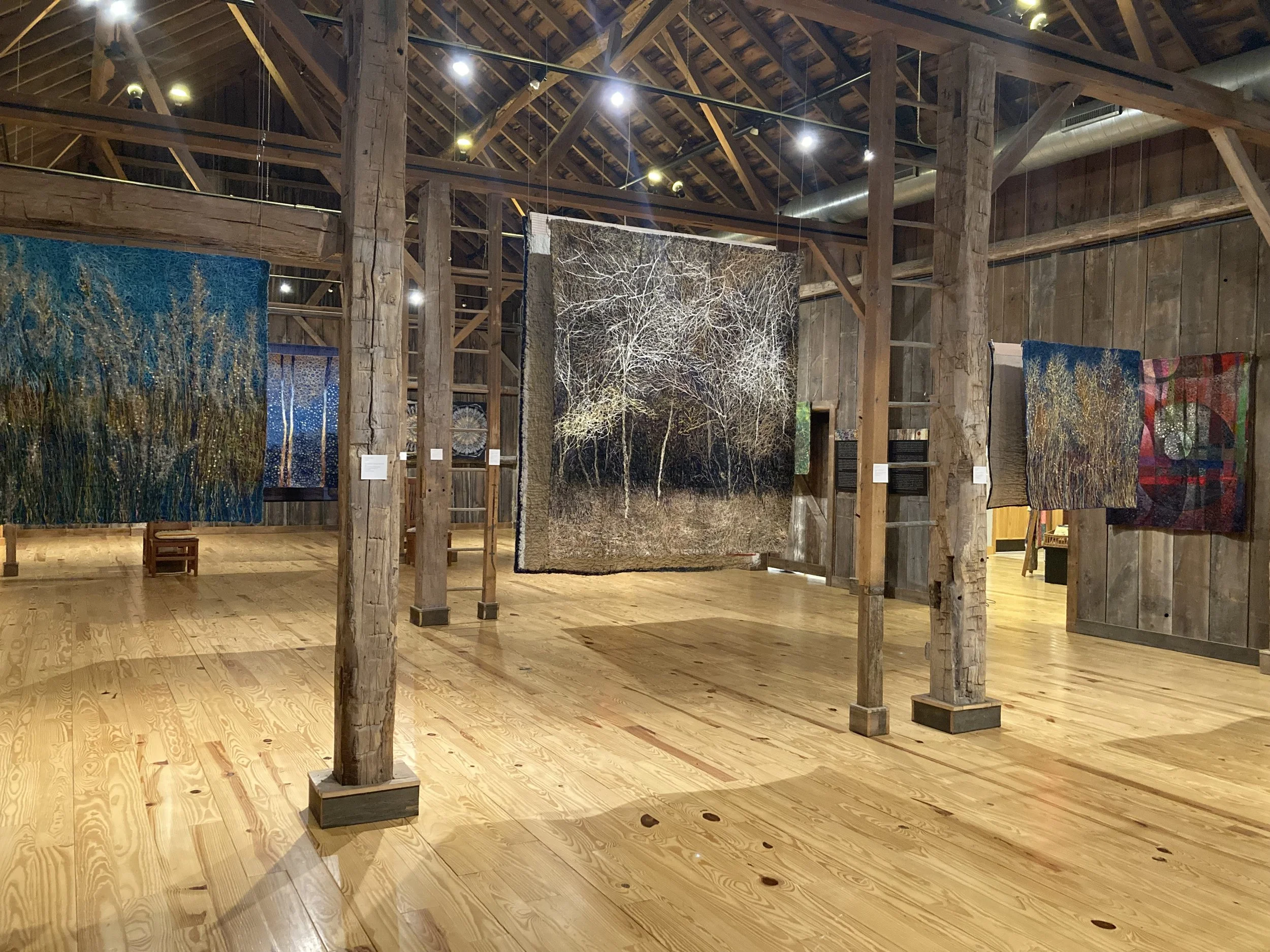
Shin-hee Chin: Rootedness presented the work of decorated fiber and mixed-media artist Chin. Her art is a rich tapestry woven from diverse influences, including feminist traditions, Christian spirituality, and Eastern philosophy. This unique blend forms a coherent narrative addressing the complex issues of the female body, procreation and motherhood, mother tongue, cultural identity, cultural hybridity, and a sense of belonging.
Chin’s work has been exhibited nationally and internationally, including in Washington, DC, Tokyo, Geneva, Taiwan, and South Korea. Chin’s work has graced the covers of the Studio Art Quilt Associates Journal (Spring 2017) and the Surface Design Association Journal (Summer 2014). As an esteemed educator for 17 years, she is currently a Professor in the Visual Art Department at Tabor College, where she has made significant contributions through her teaching and mentorship. Chin has taught drawing, painting, color theory, and mixed media. She was elected as Distinguished Faculty in 2008.
Shin-hee Chin, The Song of Life; courtesy of the artist.
Artist Statement
My body of work, Rootedness, at the Wisconsin Museum of Quilts & Fiber Arts visualizes the symbiotic relationship between nature and humanity, embracing the mysterious, restorative force of nature. Through the metaphor of roots, I explore the complex interconnectivity and interdependence that define this relationship, emphasizing our essential connection with nature.
Having spent half of my life in South Korea and more than the other half in the United States, cultural context has shaped almost all my works. My move to the Midwest has changed my relationship to the subtle landscape of the Great Plains. “Spirit Resonance” sets out to explore the cultural and artistic encounter through a new frame of reference and aesthetic investigation.
The tradition of landscape in Western art has been increasingly concerned with reproducing nature; whereas Eastern landscape art is more interested in reproducing a stylized vision of nature. Despite the differences between these approaches, there are distinct parallels and consonances. The intention of creating landscape is to suggest the essence, the eternal qualities of the landscape beyond reality, something sublime. It is imbuing the landscape with a “spirit resonance” or vitality. The process of the work is a record of energy being transferred from the artist into the work. Rootedness explores cultural and artistic encounters through a new frame of reference and aesthetic investigation.
I blend music and spirituality, weaving diverse musical and literary influences into my visual compositions with a rich color palette. My goal is to imbue both abstract and representational images with the interconnectedness of art, music, poetry, and the spiritual realm.
The primary medium and method for these works—fiber, thread, and stitching—provide a unique agent of interpretation with their tactile richness, vibrant color, multilayered depth, and complex cultural roles. By incorporating fiber, I transform the conventionally feminine activity of stitching into a medium for art-making.
While exploring the intricate patterns of existence, I discover the microscopic and macroscopic structures that sustain life. I showcase the harmonious interactions of diverse elements, highlighting nature's intrinsic balance and resilience. Though the intertwined appearance may seem chaotic, it creates a unique beauty through its close connections, seeking to find links between will and chance, the visible and invisible, change and creation, microcosm and macrocosm.
This project explores cultural hybridization by incorporating the media and techniques of Asian sensibilty and American cultures/tradition into new forms of art-making. The slow, repetitive nature of stitching enables mindfulness of the present moment.
Through this, I symbolically partake in creating a new synthesis of East and West, craft and fine art, the artist and nature, my native Korea and the American Midwest. This practice bridges diverse elements and weaves them into a cohesive whole.
